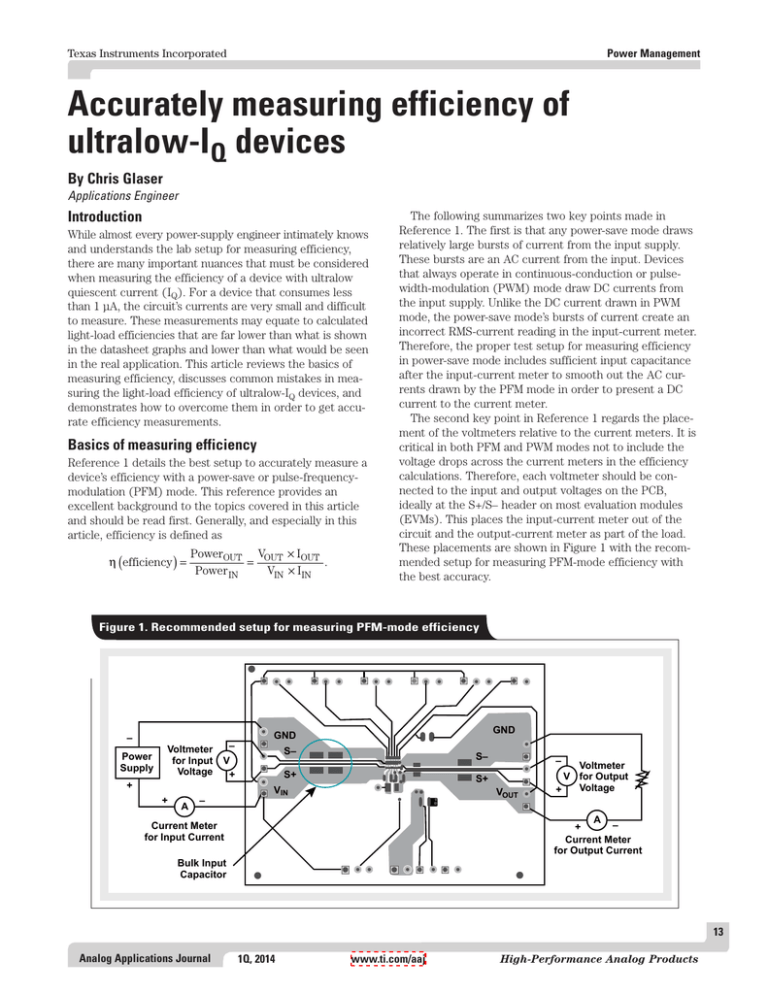Have you ever wondered how businesses know if they’re operating efficiently? Imagine a manufacturing company, pouring countless resources into producing a seemingly simple product. How do they determine if they’re using materials wisely, if their labor costs are in line, and if they’re overall maximizing productivity? The answer lies in a powerful tool called standard costing.

Image: studylib.net
Standard costing is a fundamental concept in cost accounting, acting as a measuring stick for efficiency and profitability. It allows businesses to compare their actual performance with a predetermined benchmark, uncovering areas where improvements can be made. It’s like having a map guiding you to a treasure trove of potential savings.
Unpacking the Power of Standard Costs
At its core, standard costing involves setting predetermined standards for various cost elements like direct materials, direct labor, and manufacturing overhead. These standards are based on meticulous research and analysis, often incorporating factors like historical data, industry benchmarks, and engineering estimates. Think of them as carefully curated blueprints for the ideal production process.
Here’s how the magic unfolds:
-
Direct Material Standards: Imagine a factory producing a batch of widgets. Standard costing helps them define the precise quantity of raw materials needed for each widget. If they use more materials than expected, it signals a potential inefficiency, prompting investigation and corrective action.
-
Direct Labor Standards: In addition to materials, standard costing also establishes benchmarks for the time and effort required by skilled workers to produce each widget. If the actual labor hours exceed the standard, a red flag is raised, revealing potential issues in worker training or process optimization.
-
Manufacturing Overhead Standards: Beyond raw materials and labor, standard costing extends its reach to encompass indirect costs like rent, utilities, and machinery depreciation. By setting standards for these overhead expenses, companies can track deviations and identify areas where cost saving measures can be implemented.
Unveiling the Power of Comparison
The true strength of standard costing lies in its ability to compare actual costs against these predetermined standards. By juxtaposing the expected and the real, companies can pinpoint areas where they’re exceeding budgets or falling short of efficiency goals. This comparison, known as variance analysis, reveals crucial insights:
-
Favorable Variances: When actual costs are lower than the standards, it indicates a positive outcome. Maybe a new supplier offered a better price, or workers achieved higher productivity through improved training.
-
Unfavorable Variances: Conversely, when actual costs surpass the standards, it’s time to delve deeper and uncover the root cause. Perhaps there are quality control issues leading to material waste, or a machine malfunction is impacting production time.
Harnessing the Insights for Growth
Once variances are identified, standard costing empowers businesses to take swift and targeted action. Favorable variances can be leveraged to improve profitability. Companies might negotiate further discounts with suppliers, invest in training programs to enhance worker efficiency, or implement lean manufacturing practices to streamline processes.
Unfavorable variances, on the other hand, present a call to action. Investigating these discrepancies opens doors for process optimization, uncovering areas where waste can be minimized, production time shaved off, and overall efficiency boosted.

Image: www.linkedin.com
Beyond Cost Control: A Multifaceted Tool
Standard costing’s impact extends far beyond mere cost containment. Its insights can be used to:
-
Improve Budgeting: Accurate cost standards provide a solid foundation for creating more detailed and realistic budgets.
-
Support Decision Making: Standard cost data helps managers decide on pricing strategies, evaluate new investment opportunities, and make informed procurement choices.
-
Enhance Accountability: By establishing clear expectations and tracking deviation, standard costing promotes accountability among employees and managers.
Expert Insights and Actionable Tips
Standard costing, however, isn’t a one-size-fits-all solution. Its effectiveness relies on meticulous implementation and continuous monitoring. Here are key insights from experienced cost accountants:
-
Regular Reviews: Standards must be regularly reviewed and updated to ensure they reflect the latest market trends, technological advancements, and internal process changes.
-
Collaboration is Key: Involving employees across different departments in the standard setting process fosters buy-in and encourages a shared commitment to achieving efficiency goals.
-
Technology is Your Ally: Cloud-based accounting software simplifies data collection, analysis, and reporting, further empowering companies to leverage the power of standard costing.
Standard Costs Serve As A Device For Measuring Efficiency.
A Journey Towards Efficiency
The journey toward heightened efficiency starts with understanding the value of standard costing. By embracing this crucial tool, businesses not only achieve cost control but also empower themselves with data-driven insights for strategic decision-making, process improvement, and ultimately, enduring success.
So, if you’re looking to unlock the hidden potential within your operations, delve into the world of standard costing. It’s a journey that promises a treasure trove of efficiency gains and a future brimming with profitability.






